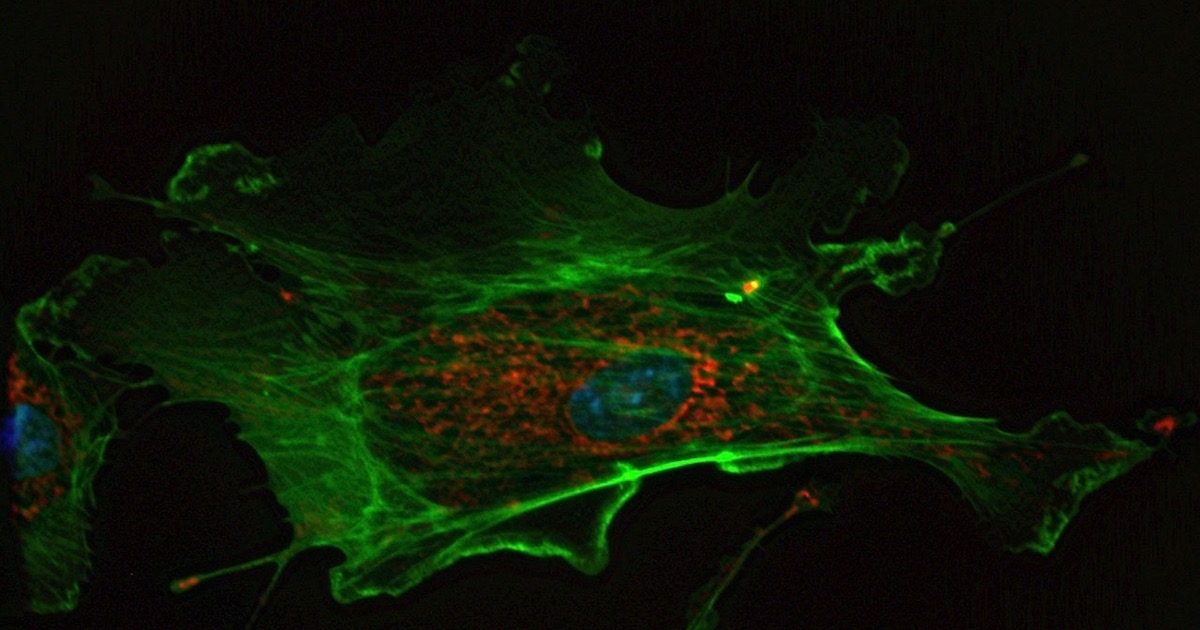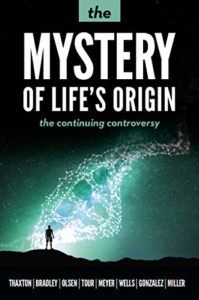 Intelligent Design
Intelligent Design
 Physics, Earth & Space
Physics, Earth & Space
Thermodynamic Challenges to the Origin of Life


Editor’s note: As an alternative to what you are getting pretty much everywhere else in the media at the moment, Evolution News is proud to offer inspiration, pointing to purpose and meaning in life. The profoundest mystery and thus the deepest inspiration is life itself. Discovery Institute Press has just published a greatly expanded edition of the 1984 classic of intelligent design science literature, The Mystery of Life’s Origin. Below is an excerpt adapted from a brand new chapter in the book. Dr. Miller, the author of the chapter, is Research Coordinator for the Center for Science & Culture. He holds degrees in physics from MIT (B.S.) and Duke University (Ph.D.).
 The thermodynamic barriers to the origin of life have become decidedly more well defined since this book’s first publication. The initial challenges described in the original edition still stand. Namely, spontaneous natural processes always tend toward states of greater entropy, lower energy, or both. The change of entropy and energy are often combined into the change of free energy, and all spontaneous processes move toward lower free energy. However, the generation of a minimally functional cell on the ancient Earth required a local system of molecules to transition into a state of both lower entropy and higher energy. Therefore, it must move toward dramatically higher free energy. The chance of a system accomplishing this feat near equilibrium is astronomically small.
The thermodynamic barriers to the origin of life have become decidedly more well defined since this book’s first publication. The initial challenges described in the original edition still stand. Namely, spontaneous natural processes always tend toward states of greater entropy, lower energy, or both. The change of entropy and energy are often combined into the change of free energy, and all spontaneous processes move toward lower free energy. However, the generation of a minimally functional cell on the ancient Earth required a local system of molecules to transition into a state of both lower entropy and higher energy. Therefore, it must move toward dramatically higher free energy. The chance of a system accomplishing this feat near equilibrium is astronomically small.
Many origin-of-life researchers have responded to this challenge by arguing that a system driven far from equilibrium could self-organize into a functional cell through processes that are connected to such monikers as complex systems, emergence, synergetics, or nonequilibrium dissipative systems. The basic hope is that some new physical principles could overcome the barriers to life’s origin mandated by classical thermodynamics. However, advances in nonequilibrium thermodynamics have proven that the odds of a system driven far from equilibrium generating an autonomous cell are no greater than the odds for one near equilibrium.
Others have proposed that “natural engines” on the early Earth converted one form of energy into another that could drive a local system to sufficiently high free energy. These approaches have proven equally disappointing. The only plausible explanation for the origin of life is intelligent agency.
Read the rest in The Mystery of Life’s Origin: The Continuing Controversy, from Discovery Institute Press.
Photo: An endothelial cell, by IP69.226.103.13 / CC BY-SA.
